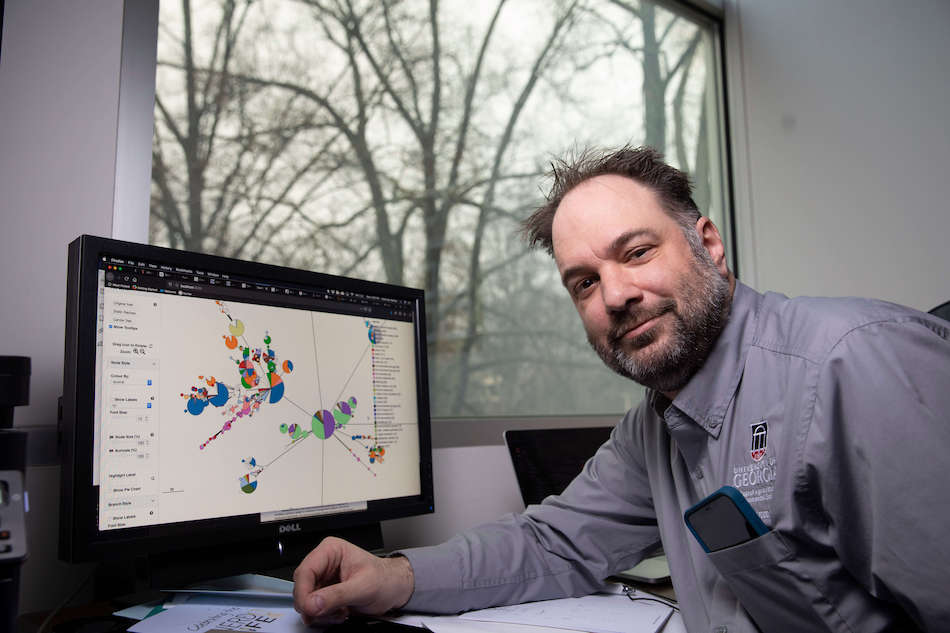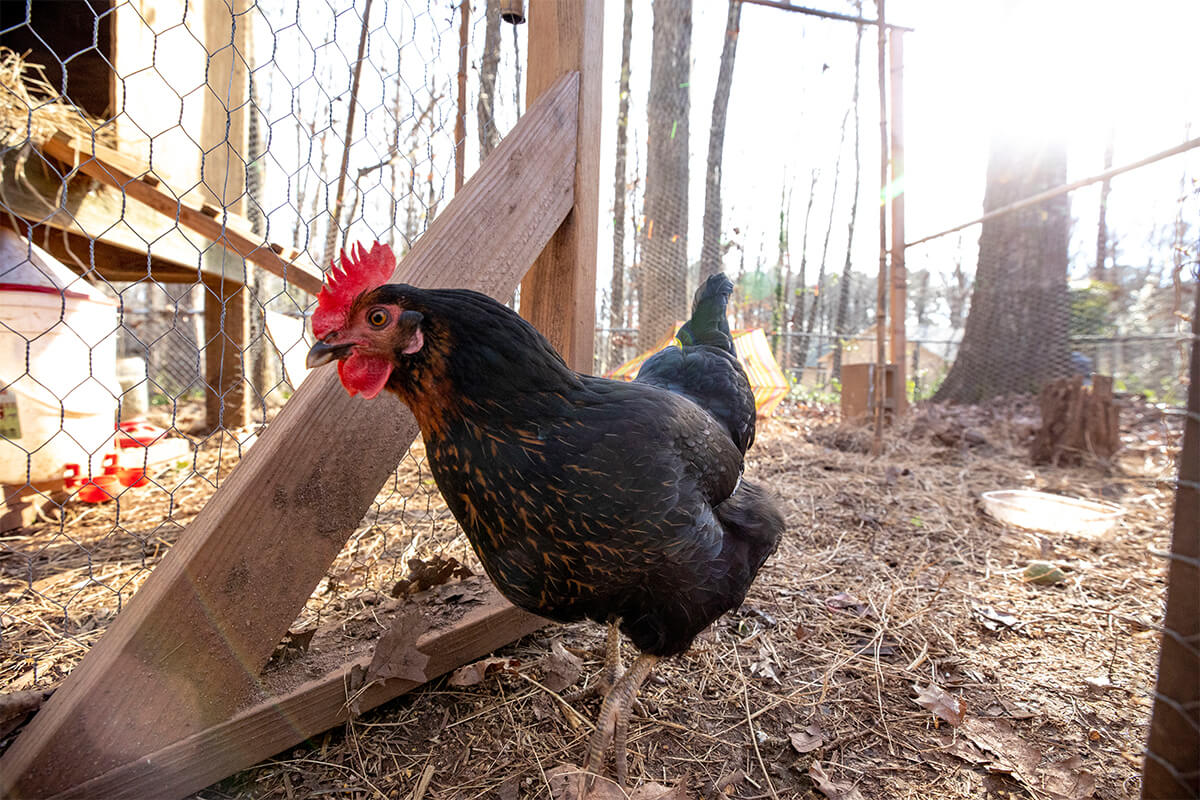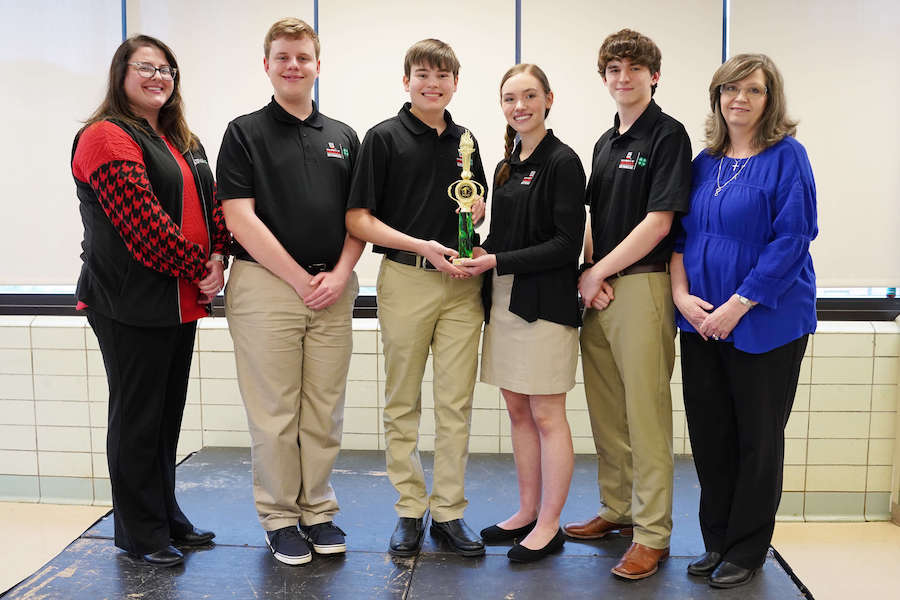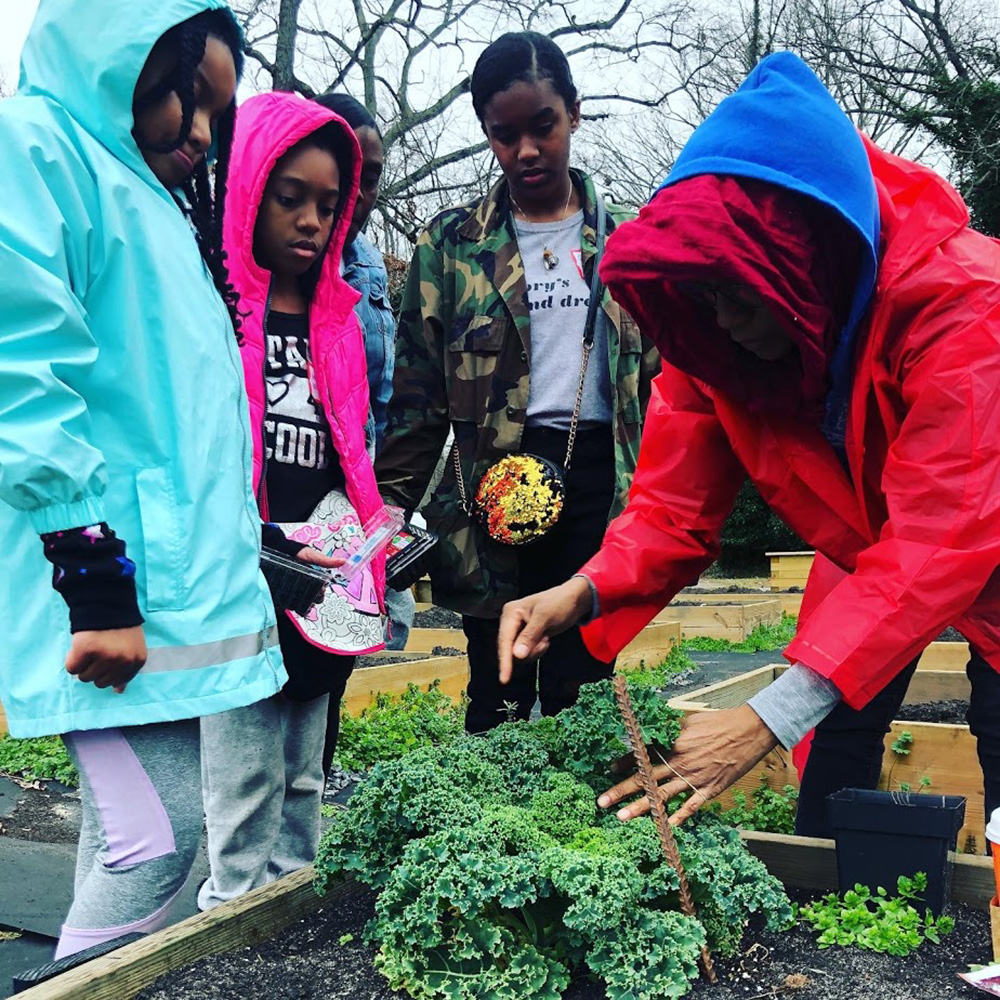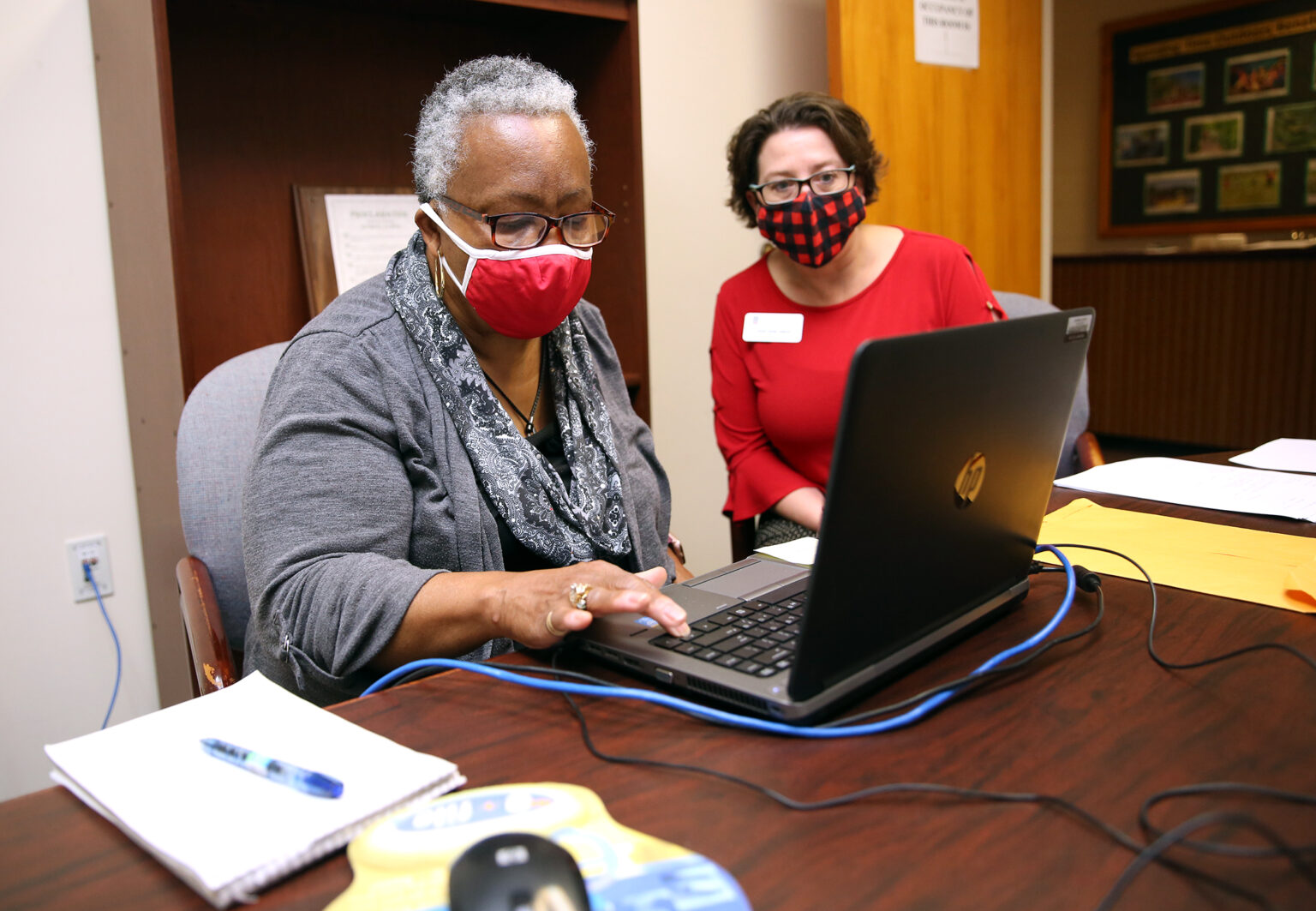 CAES News
CAES News
UGA VITA
Filing taxes can be intimidating, but the University of Georgia can help. The UGA Volunteer Income Tax Assistance (VITA) program has provided free tax preparation services to Athens and surrounding areas for over 15 years and recently added a virtual component that allows for statewide access for online tax filing.

.jpeg)

